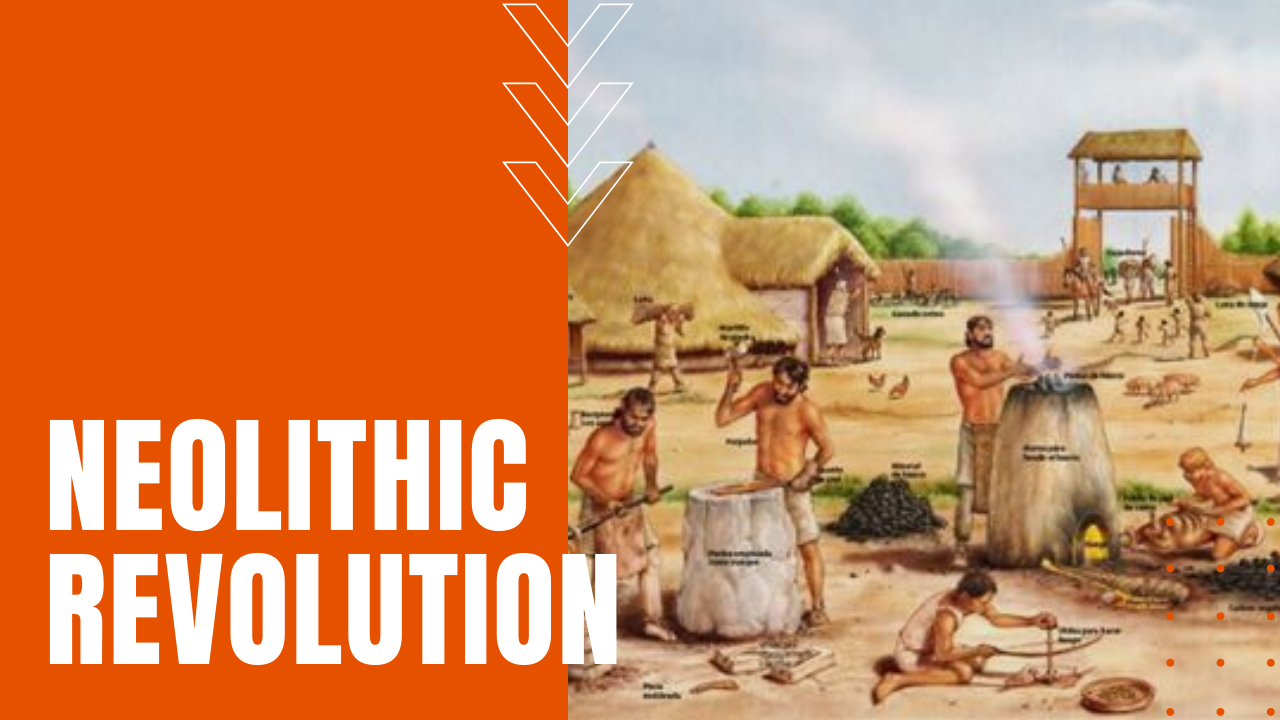Neolithic Revolution: Agriculture, Livestock, Civilization & Consciousness

What Was the Neolithic Revolution?
Considered a critical turning point that witnessed the birth of agriculture and animal husbandry, the Neolithic Revolution transformed Homo sapiens from nomadic groups of hunter-gatherers to sedentary villagers who created technically sophisticated societies, replete with religious shrines and the early precursors to governmental oversight.
Considered the last period of the New Stone Age, the Neolithic Revolution brought increased food security to early man, as well as socialized developments that affected the way human societies utilized the earth, including deforestation and the cultivation of root and grain crops that could be stored for long periods of time.
The Neolithic Revolution’s precursors originated in the Levant, which today encompasses Israel, the Palestinian Territories, Lebanon, Jordan and western Syria. It is here that archaeologists discovered Natufian villages dating as far back as 13,000 B.C.E., which sprang up after the end of the last Ice Age, allowing humans to cultivate plants and to herd animals in far greater abundance.
Roughly 9,000 years later, the singular event of the Neolithic Revolution began in Mesopotamia, between the Tigris and Euphrates Rivers in current-day southern Iraq, before spreading outward into India, Europe and beyond.
How Did the Neolithic Revolution Change Human Societies?
With an abundance of food and the creation of larger human communities, ideas and new technologies could now be explored like never before, allowing Homo sapiens to create a uniquely human realm the encompassed fixed homes and the security of group defenses against the dangerous lands and animals beyond their campfires.
With a decrease in time and energy spent on subsistence survival, the change of consciousness brought about a conceptual shift that allowed early man to conjure up human-like gods that existed in universes beyond the physical world.
The Neolithic Revolution ended when copper metallurgy was first introduced around 500 B.C.E, marking the beginning of the Chalcolithic Age. When humans began to smelt both copper and tin together, which made for a greater hardness than copper alone, the development of more sophisticated weapons of war ushered in the Bronze Age around 350 B.C.E., forever cementing the Neolithic Revolution as one of the most dramatic leaps forward in the long history of man.
